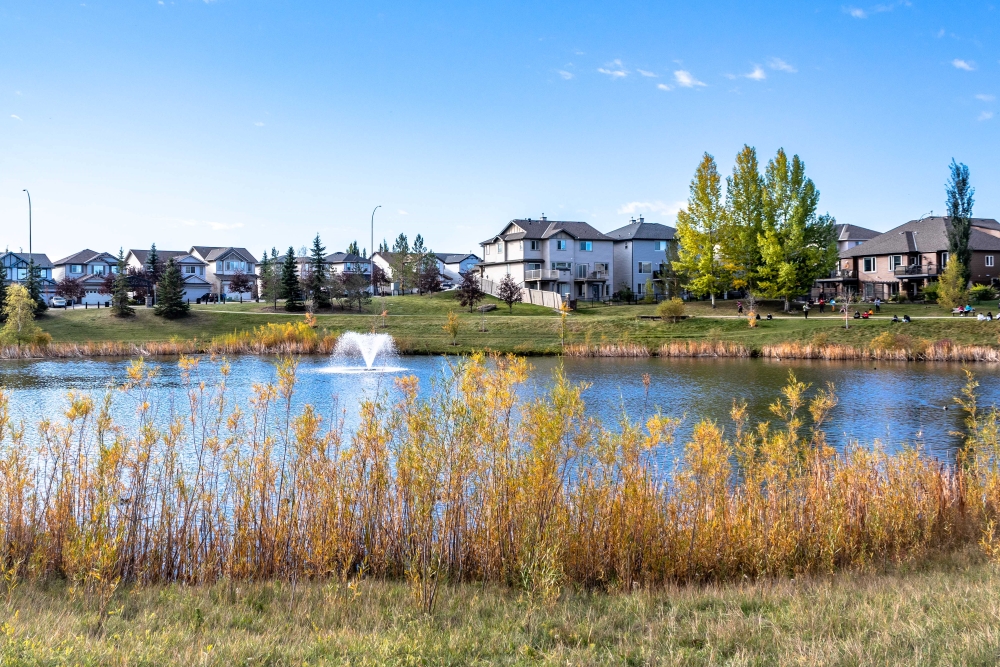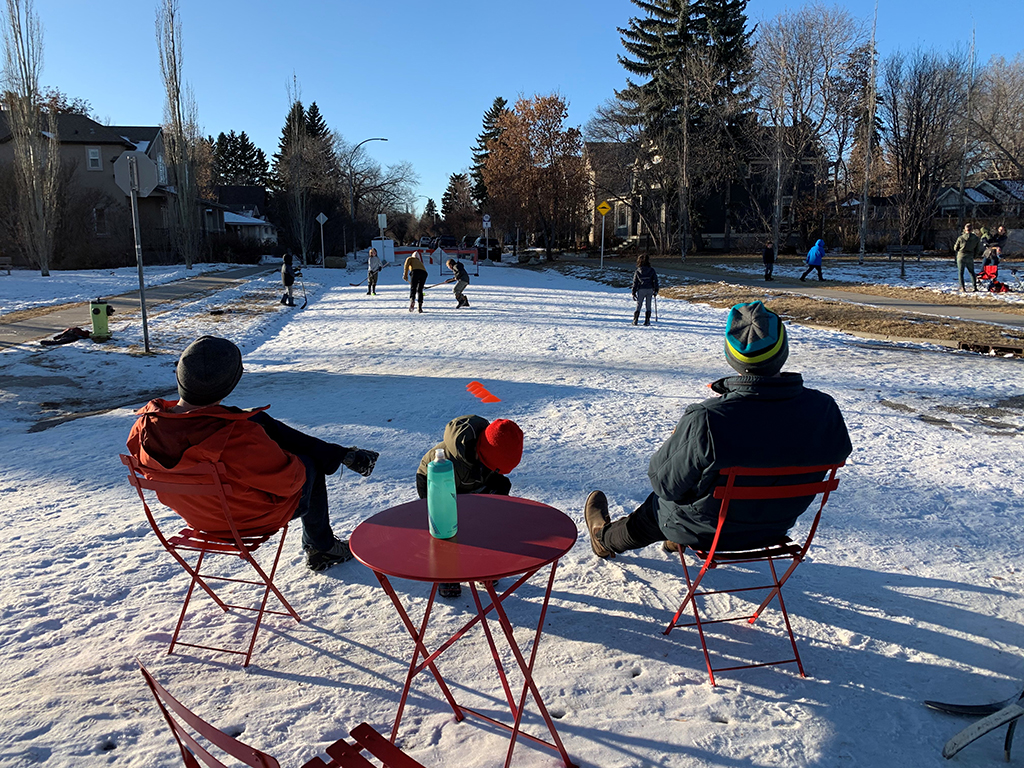Established Area Growth and Change Strategy
About the Strategy
Calgary's Established Area has about 180 communities where 80 per cent of Calgarians live. These communities are different in age and style. Some are growing and changing, while others have just completed their initial growth.
The Strategy shows how the city can help these communities. It helps make sure they stay great places to live and work. This supports the goals of the Municipal Development Plan and Calgary Transportation Plan (MDP/CTP).
Factors which support decision-making related to the Strategy include:

-
Enabling the Municipal Development Plan and Calgary Transportation Plan
-
Expected market demand
-
Thinking about financial impacts
-
How ready an area is for growth to occur
Want to know what’s happening in your community? Explore the map to learn how the Established Area Growth and Change Strategy invests in Calgary communities.

Investing in established communities projects map
See this interactive map to see updates on public realm investments happening in established communities.
Launch the interactive mapSupporting growth in existing communities helps use land and services efficiently. It also gives people nearby places to shop, play, and work. This Strategy identifies how The City can partner with other city builders to invest in growing communities to help enable growth and support people and businesses as that growth is happening.

Implementing the Strategy
Learn more about the Strategy outcomes and the actions we are working on.
Timeline
Download the 2024 Citywide Growth Strategy Monitoring Report
- Implementation of approved Phase 1 actions and Phase 2 work.
- Phase 1 public space projects design and construction.
- Project-specific engagement on Phase 1 public space projects.
Share the Citywide Growth Strategy, including investments from the Established Area Growth and Change Strategy, for the 2023-2026 Service Plans and Budgets. This ends Phase 2. Phase 3 will start by the third quarter of this year.
- December: EAGCS Phase 2 progress update to Committee (PFC2020-1245)
- October: Growth Strategy Monitoring Report presented to Committee (PFC2020-0962)
- September: Working groups supporting Phase 2 began meeting
- May: Phase 1 recommendations approved by Council (PFC2020-0381)
- April: Presentation to committee and Council of Phase 1 recommendations (PFC2020-0381)
- February: Council approved Notice of Motion (PFC2020-0131) to provide $30 million public realm improvements in the established area.
- November: Talks with growing communities about the public space improvements they want.
- May: Project update to Committee (PUD2019-0305)
- December: Multi-partner working group meetings begin for Established Area Growth and Change Strategy.
- September: Project Scoping Report to Council (PFC2018-0891)
Featured projects
Learn more about completed projects and the impact they have had on Calgary communities.



